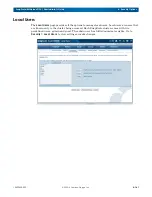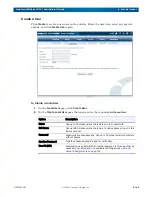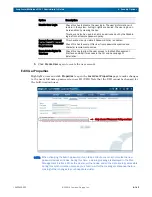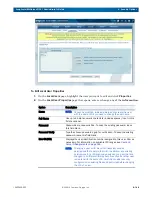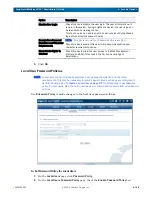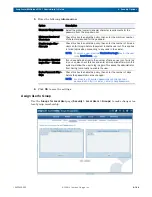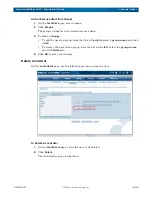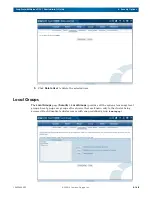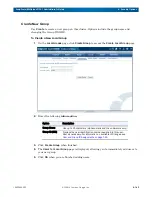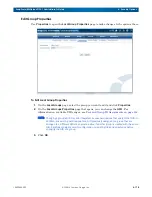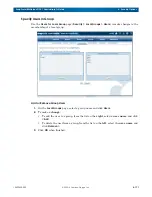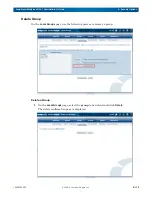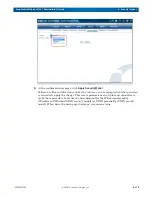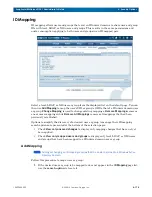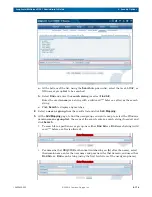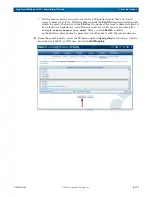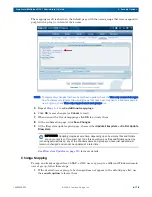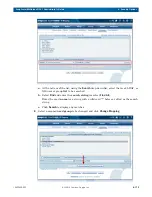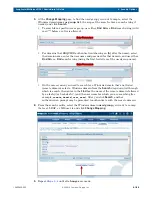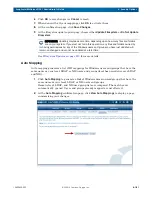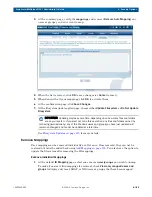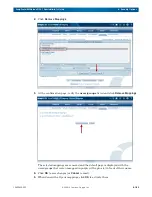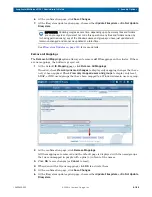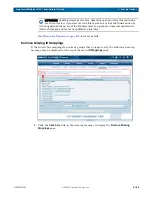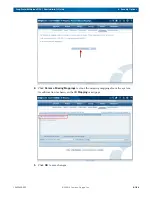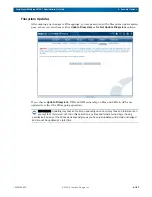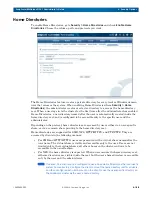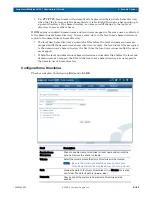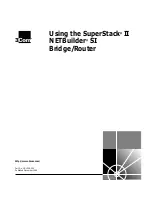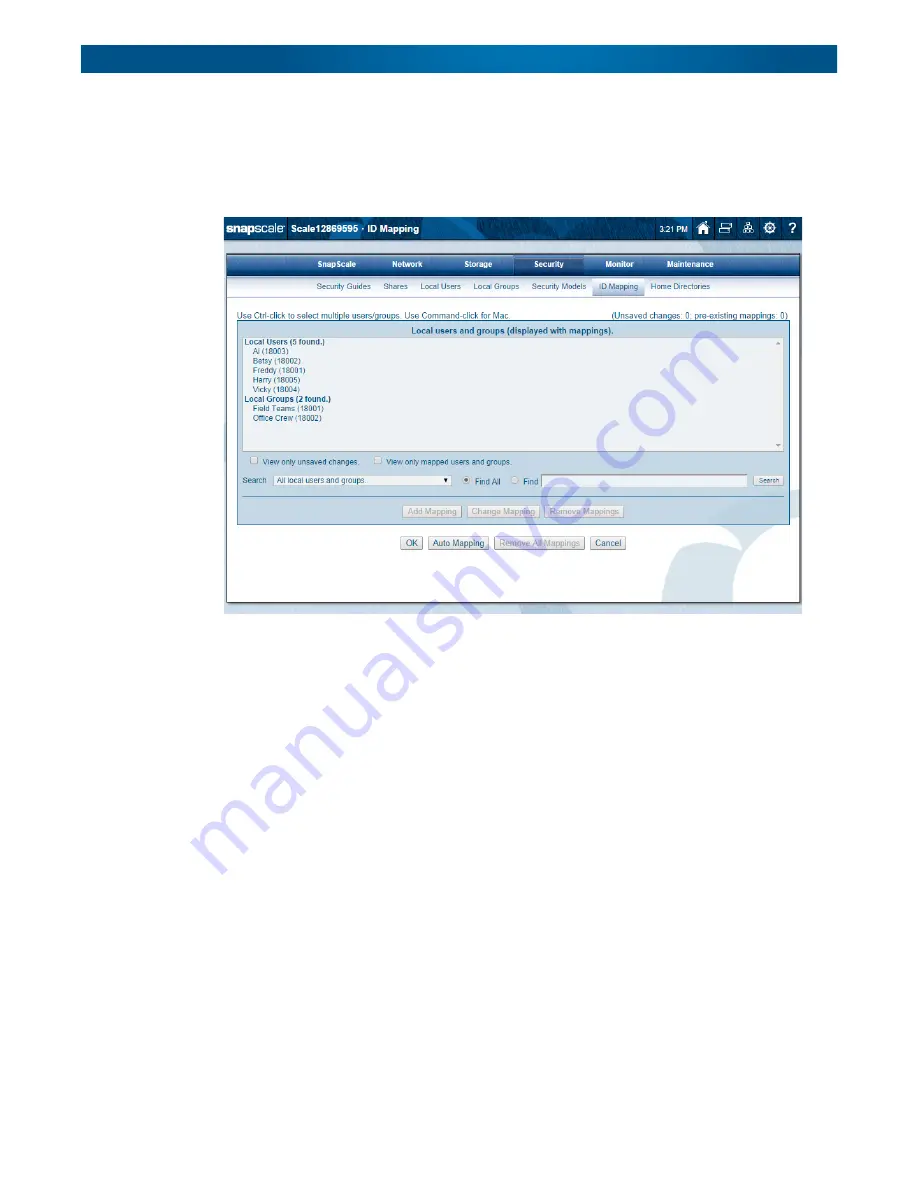
10400455-002
©2008-14 Overland Storage, Inc.
175
SnapScale/RAINcloudOS 4.1 Administrator’s Guide
6 - Security Options
ID Mapping
ID mapping allows users and groups that exist on Windows domains to share user and group
IDs with local, LDAP, or NIS users and groups. This results in the same permissions and
quota consumption applying to both users and groups in an ID-mapped pair.
Select a local, LDAP, or NIS user or group from the displayed list on the default page. You can
then use
Add Mapping
to map the user’s UID or group’s GID to that of a Windows domain user
or group.
Change Mapping
is used to change existing mappings.
Remove Mappings
removes
one or more mappings while
Remove All Mappings
removes all mappings that had been
previously established.
Options to simplify the discovery of a desired user or group to manage their ID mapping
search options are presented at the bottom of the selection pages:
•
Check
View only unsaved changes
to display only mapping changes that have not yet
been applied.
•
Check
View only mapped users and groups
to display only local, LDAP, or NIS users
and groups that have been mapped to a Windows domain user or group.
Add Mapping
NOTE: Adding or changing an ID mapping requires that the cluster be joined to a Windows Active
Directory domain.
Follow this procedure to map a user or group:
1.
If the desired user or group to be mapped to does not appear in the
ID Mapping
page list,
use the
search option
to locate it.

